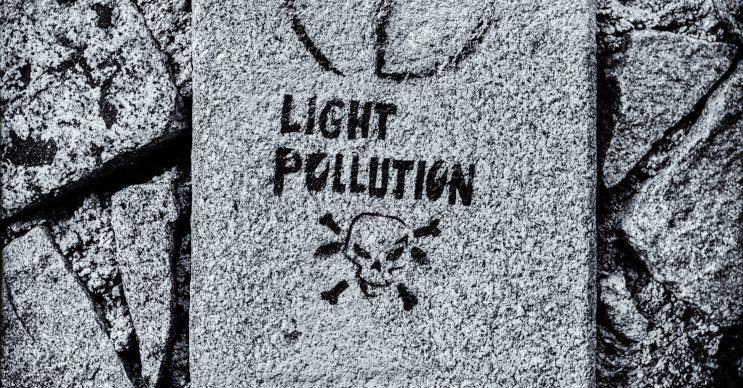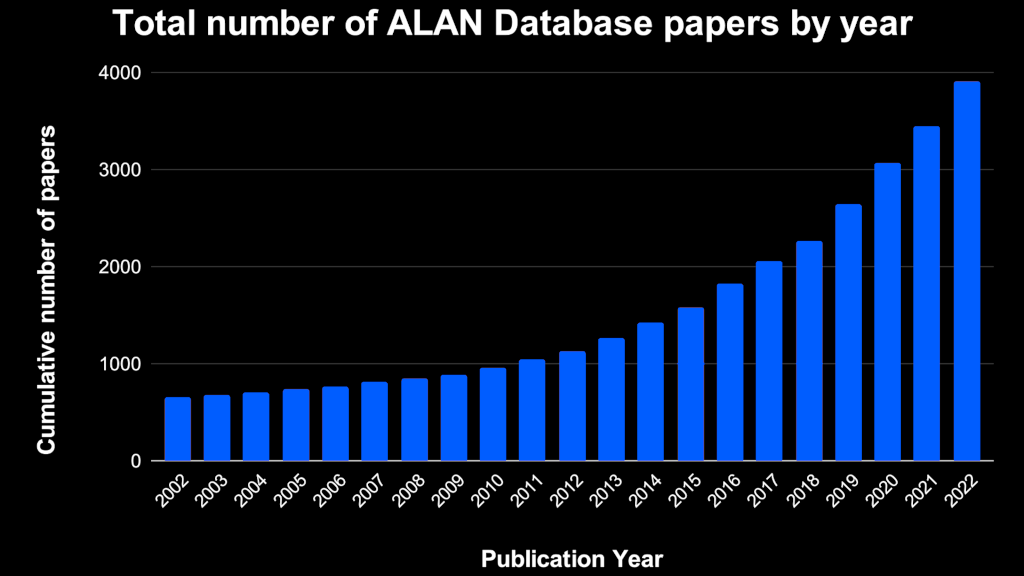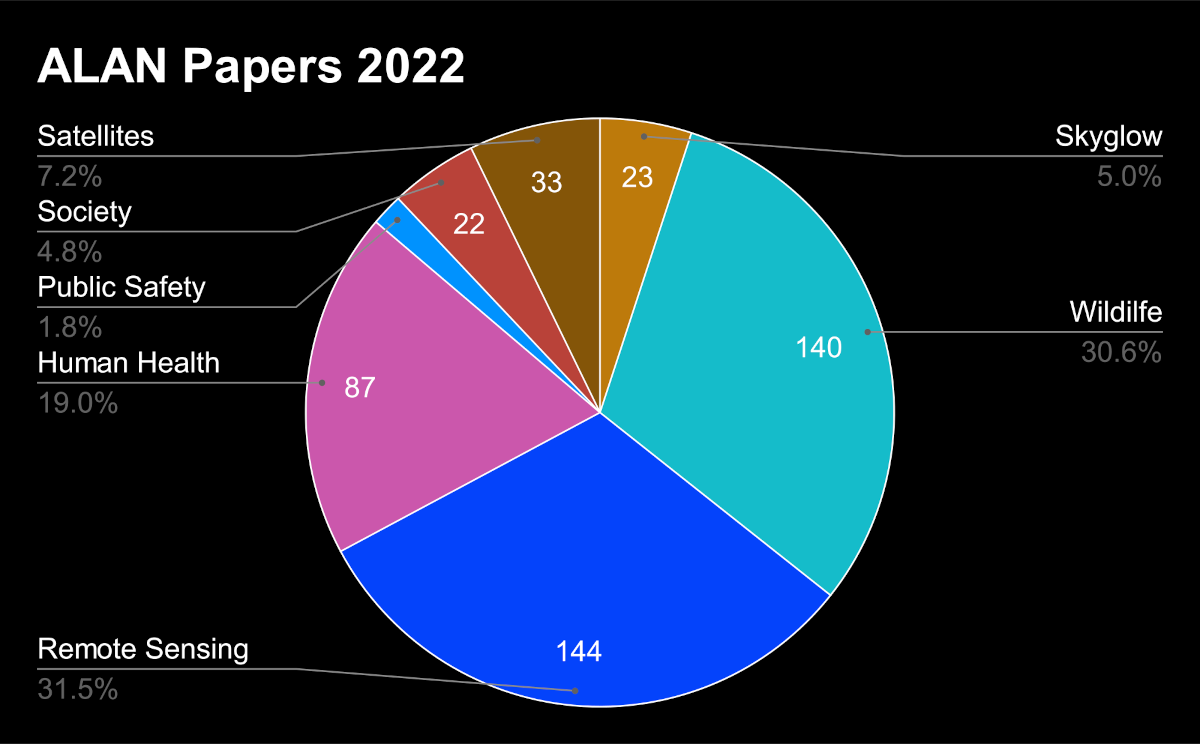Archives
June 2024
Categories
All
|
Back to Blog
Image credit: Christian Weidinger 990 words / 4-minute read Summary: Securing nighttime darkness and improving the condition of the nocturnal environment involves education, advocacy and awareness-raising. To help empower activists, policy makers and the public to affect positive change in this realm, DarkSky International has updated its annual "State Of The Science" report. Like other social and environmental concerns, light pollution sits at the confluence of three streams. It has a technical aspect, informed by science and engineering. Activists pursue its solutions, in part by raising public attention to the issue. And it has direct input from the world of public policy, as solutions become laws. To communicate with the public and decision-makers, dark-sky advocates must have access to the results of the latest research on artificial light at night (ALAN). But science results can be difficult for non-specialists to understand. It is particularly true of light pollution research, which borrows from many academic subjects. A newly released summary of papers published through 2022 aims to meet advocates' needs. It brings them up to date and helps them understand the latest research results. Bringing science to the massesTo make scientific research more accessible, in 2022 DarkSky International published “Artificial Light At Night: State Of The Science.” The report distilled the contents of over 300 scholarly papers into a short, easy-to-read briefing. It grouped results into seven broad categories: the night sky; ecological impacts; human health; public safety; energy use and climate change; light and social justice; and space light pollution. It concludes by listing open questions that may guide research in coming years, explaining briefly the methodology by which the report was written, and providing bibliographic information for all sources of information. When the report was first published, DarkSky understood the need for regular future updates. The number of papers on light pollution and related subjects published in recent years has steadily increased. We can see this in the number of papers added to the Artificial Light At Night Research Literature Database (ALANDB). This is a collection of citations curated by a group of light pollution researchers in Europe and North America since 2014. ALANDB entries include peer-reviewed academic papers, theses, selected technical reports, and conference papers. Totals from the past 20 years of papers added to ALANDB show that, on average, the contents of the database have increased by roughly 22 percent per year: In recent years, curators added an average of 430 publications to the database each year. The papers' diverse subjects cover several physical, biological, and social science topics. A breakdown of the papers published in 2022 (below) shows that biology studies and papers about remote sensing of artificial light at night account for about 80 percent of all publications added to the database. Notable 2022 resultsThe updated report includes a survey of 457 papers published in 2022. We highlight a few results here:
The report finds evidence of significant harm to the night sky and wildlife ecology from light pollution on local to global scales. There are major concerns about how ALAN effects traffic safety during overnight hours. While decades of laboratory studies established a link between ALAN exposure and human health, the influence of outdoor light sources remains unclear. And to the extent that roughly 80 percent of world electricity production relies on burning fossil fuels, wasted light at night from outdoor sources remains linked to climate change. This remains true despite the ongoing adoption of energy-efficient solid-state lighting. Share it far and wide!DarkSky intends the State of The Science report to communicate these ideas to readers along with extensive source citation. It published the document under a Creative Commons 4.0 license, allowing users to adapt and reproduce its text. Its language is plain and non-technical, and its contents are arranged around seven main topics. In this way, users can read and understand the contents of any particular section in isolation from the others. And the report is available through the Zenodo open science preprint server. Users can cite the document by its Digital Object Identifier (10.5281/zenodo.8071915).
'State Of The Science' is a useful tool for dark-sky advocates and the public alike. It can help anyone better understand what scientific research results tell us about light pollution. In turn, it can bring the significance of the problem into sharper focus and inform actions taken to bring about change.
0 Comments
Read More
|
 RSS Feed
RSS Feed



